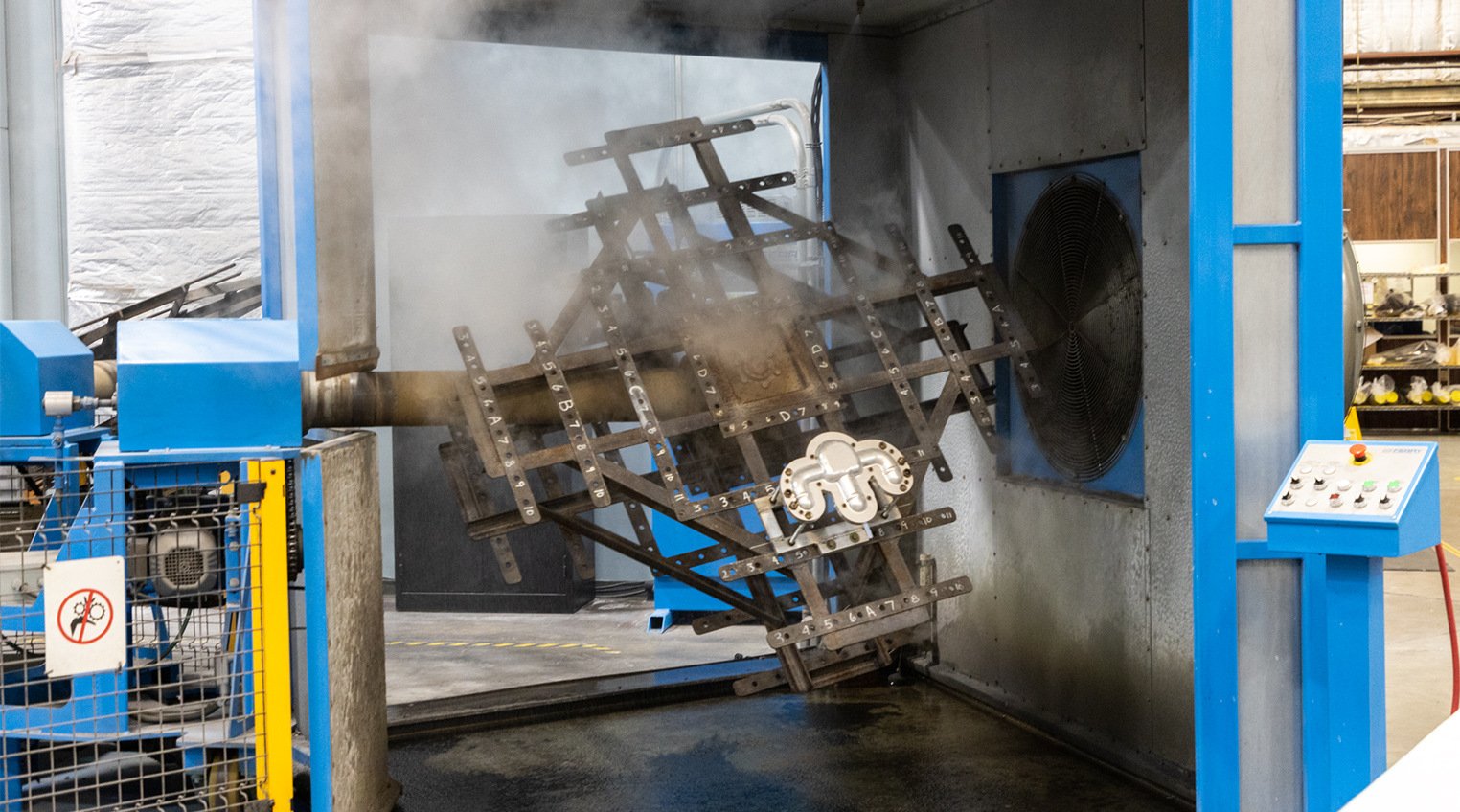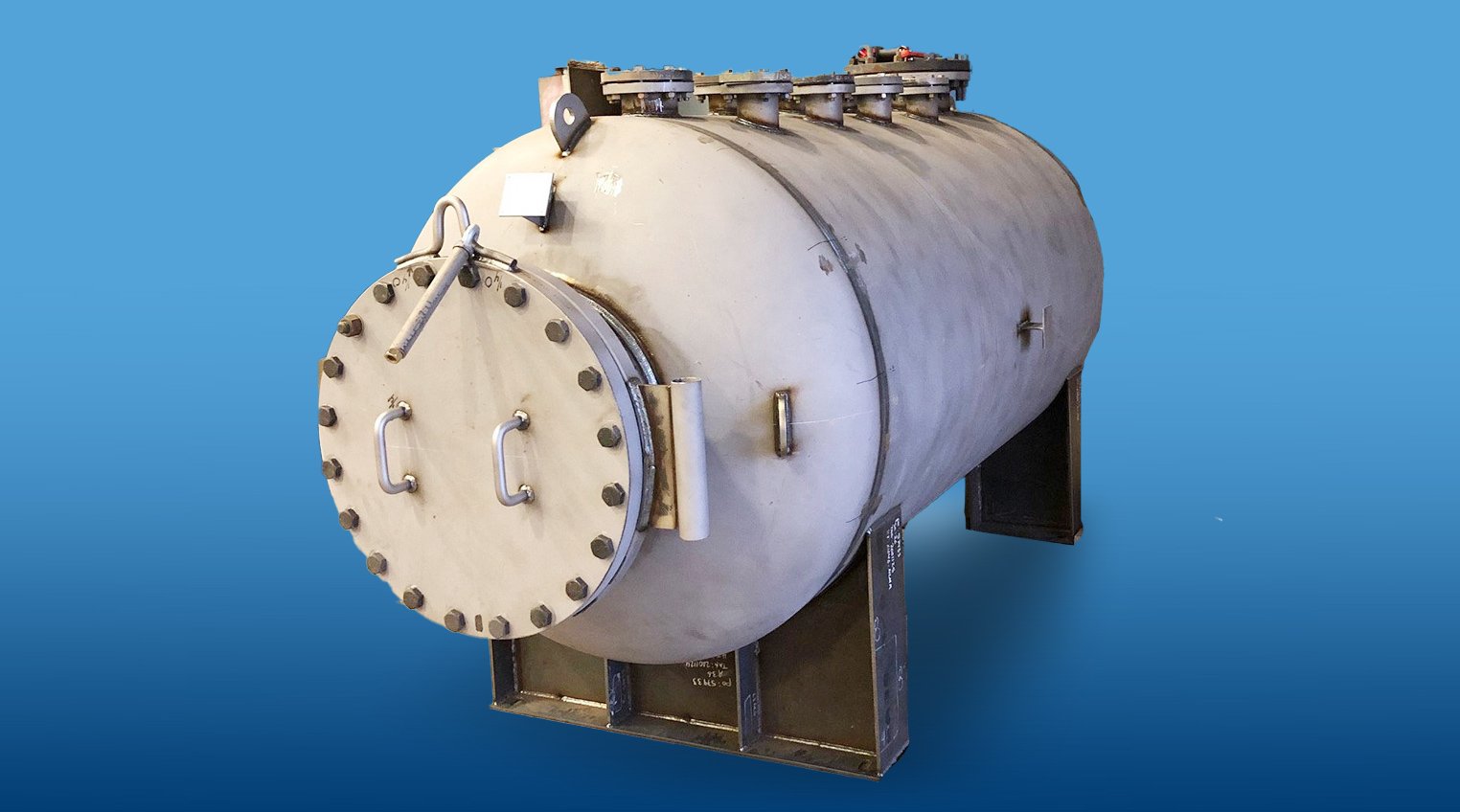Rotational Molding Advantages and Disadvantages
Few people think of a water wheel when considering the impact of automation in manufacturing. Yet, a timeline examining the evolution of automated processes lists first-century B.C. water wheels, which were used to grind grain into flour, as one of the earliest examples of an automated process.1 That was just the beginning.
The manufacturing sector now enthusiastically embraces automation to increase productivity, improve safety, and optimize efficiencies. As its adoption accelerates, it might seem as though industrial automation is standardized and homogeneous. However, even facilities moving toward “dark production” often deal with unique circumstances that dictate a degree of customization or tailoring. In applications requiring fluid containment, the rotational molding process offers a compelling degree of customization.
 Rotational molding, also known as rotomolding, offers OEMs and processing plants a beneficial alternative to metals, stainless steel, glass, or other materials commonly used to create tanks or vessels for fluid containment. Rotational molding and the available choice of thermoplastic resins used during the process offer choices and advantages that make it a preferred method for many applications.
Rotational molding, also known as rotomolding, offers OEMs and processing plants a beneficial alternative to metals, stainless steel, glass, or other materials commonly used to create tanks or vessels for fluid containment. Rotational molding and the available choice of thermoplastic resins used during the process offer choices and advantages that make it a preferred method for many applications.
Rotationally molded containers can be found in industries ranging from aerospace and semiconductors to agriculture and pharmaceuticals. However, like any manufacturing process, each manufacturer should consider the pros and cons to determine if this process would best serve their specifications and applications. Let’s dive into the advantages and possible limitations of rotational molding.
Advantages of rotationally molded containers
When compared to alternatives such as stainless steel, thermoplastic resins provide distinct advantages in certain applications. For example, while stainless steel has long been favored for its cleanliness and durability in applications demanding high-purity standards (e.g., such as semiconductor manufacturing), rotational molding offers the advantages of versatility, customization, and cost-effectiveness.
Depending on the resin selection, various fluoropolymers also offer high levels of purity and chemical resistance, not only meeting stringent requirements of semiconductor fabrication processes but also providing a longer lifespan with greater corrosion resistance.

Moreover, resin-crafted containers offer a lightweight alternative to other materials, reducing transportation costs and easing movement within the facility. Other resins offer properties that aid with more complete fluid recovery, flexibility to guard against breakage or damage, and other mechanical properties that might make rotational molding with thermoplastics the preferred choice.
The positives of rotational molding
-
Fluid retention. One of the standout benefits of rotational molding is its ability to create containers with seamless interiors. This seamless construction ensures that every drop of precious fluid can be retained without the risk of leakage or contamination.
-
 Enhanced durability. Rotomolded containers boast seamless interiors, eliminating weak points such as welded seams. This not only minimizes the risk of leaks but also results in containers that are mechanically stronger and better equipped to withstand physical stress or impacts.
Enhanced durability. Rotomolded containers boast seamless interiors, eliminating weak points such as welded seams. This not only minimizes the risk of leaks but also results in containers that are mechanically stronger and better equipped to withstand physical stress or impacts. -
Efficiency in timeline. Rotational molding significantly streamlines the mold setup process, reducing the time required compared to alternative methods such as injection or blow molding. This expedited timeline is invaluable for projects requiring swift turnaround times.
-
Adaptability in sizing. From small 120-milliliter bottles to larger 200-liter vessels, rotational molding offers flexibility in sizing, catering to diverse needs within industries such as semiconductor manufacturing. This adaptability ensures that containers can be tailored to specific volume requirements.
-
Structural integrity. The inherent shapes achievable through rotational molding, such as cylindrical or spherical designs, contribute to the structural integrity of containers. These shapes distribute stress more evenly, enhancing overall strength.
-
Expertise and experience. Companies such as RMB Products bring decades of experience to rotational molding, particularly with PFA and other specialized resins. This expertise ensures consistent quality and reliability in the final products, which is crucial for industries where precision and purity are paramount.
Potential disadvantages of rotationally molded containers
-
Narrow tolerances. Rotational molding does not allow for specific, narrow tolerances for the container walls. While it produces even layers during the rotational molding process, other forms of fabrication can create containers that are identical. Rotationally molded containers will have some variances in wall thickness, with large molds producing variations of approximately 0.5%. For every inch of product that exits the mold, expect a variation of 0.005 of an inch. This translates into plus or minus half an inch for a product that is 100 inches long. This variation is partly due to the orientation of the polymers as they cure.
-
Resin complexity. While rotational molding is versatile, some resins such as PFA require precise control and expertise to achieve optimal results. Multiple factors complicate the process of successfully molding PFA. RMB has developed a proprietary process that ensures the successful molding of PFA and other exotic materials. RMB molds containers with PFA daily, and RMB operators receive thorough training to work with these exotic materials.
-
Maintaining purity. When certain processes need to maintain the purity of the fluid or substance requiring containment, such as in the semiconductor industry, operators should ask whether mold release agents or treatments are used during the rotational molding process. Mold release agents or treatments would constitute leachables or be considered a contaminant outside of the anticipated chemicals associated with certain plastic types.
RMB has developed processes that do not require any mold release agents when working with polymers such as high-density polyethylene (HDPE). A Fourier transform infrared spectroscopy (FTIR) analysis is used to scan test samples of plastics or polymeric materials to detect chemical properties such as additives or contaminants. When a customer requires a clean FTIR analysis, RMB employs proprietary methods for a clean release without using additives.
-
Shape limitations. While rotational molding excels in producing certain shapes, such as cylinders and spheres, more complex geometries may pose challenges. Designs with sharp angles or intricate details may be better suited for alternative molding methods.
-
Material selection. While rotational molding supports various resin types, selecting the right material for a specific application is crucial. Factors such as chemical compatibility, temperature resistance, and mechanical properties must be carefully considered.
In conclusion, rotational molding has emerged as a highly efficient and effective method for manufacturing tanks, vessels, and containers, whether industries require stringent purity standards or simply need durable, reliable fluid containment. While rotational molding offers numerous advantages, careful consideration of factors such as size, material selection, and molding expertise is essential to maximize its benefits. Companies that understand the strengths and limitations of rotational molding can make informed decisions that align with their specific needs and objectives. When rotational molding suits your processes and procedures, request a quote from RMB.
1 https://www.progressiveautomations.com/blogs/news/the-evolution-of-automation




